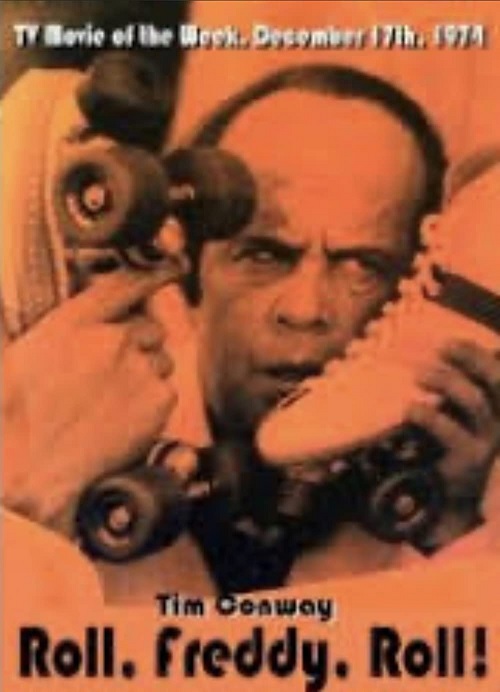Welcome to Retro Television Reviews, a feature where we review some of our favorite and least favorite shows of the past! On Tuesdays, I will be reviewing the original Fantasy Island, which ran on ABC from 1977 to 1986. Almost the entire show is currently streaming is on Youtube, Daily Motion, and a few other sites.
This week, Roarke and Tattoo are still ignoring each other.
Episode 4.5 “The Love Doctor/The Pleasure Palace”
(Dir by Earl Bellamy and Cliff Bole, originally aired on November 22nd, 1980)
The plane has arrived and, once again, Mr. Roarke and Tattoo head down to the docks to meet their guests. And, as with the previous season four episodes, it’s hard not to notice that neither Ricardo Montalban nor Herve Villechaize are willing to look at each other while delivering their lines. I feel a little bit bad about having started almost every recent review by mentioning the obvious hostility between the two of them but it’s impossible not to notice. Previously, one of the show’s greatest strengths was the playful banter between Roarke and Tattoo and, when it’s gone, it’s impossible not to notice the absence.
Speaking of hostility, Gordon Hughes (Gary Burghoff) seem to have a lot resentment against the world. Thanks to the inheritance that he received from his grandmother, Gordon has graduated from law school and he is on the verge of joining a top law firm. But, before he does so, he wants to go back in the past and discover how his grandmother made all of her money. Mr. Roarke takes Gordon to a recreation of the saloon that his grandmother owned in turn-of-the-century San Francisco. Gordon takes a sip of brandy and is transported into the past. He quickly discovers that …. HIS GRANDMOTHER OWNED A BROTHEL!
At first, Gordon is upset about this discovery. But then he falls in love with one of his grandmother’s employees, a waitress named Molly (Barbie Benton). And then he stands up to a crooked cop (Dane Clark). And then he meets his grandmother (Ruta Lee) and discovers that she was tough and refused to let anyone push her around. Gordon realizes that he should be proud of his grandmother and his heritage and that he wants to be with Molly. But then the San Francisco earthquake hits and Gordon is abruptly transported to the present. Not to worry, though! It turns out Molly was also a guest having a fantasy and she and Gordon board the airplane home together.
This fantasy — which featured a lot of nice clothes and period detail — would have been effective if not for Gary Burghoff’s rather off-putting performance as Gordon. Seriously, Gordon came across as being such an uptight and self-righteous prig that it was difficult to have much sympathy for him. Of course, that was kind of the point. Gordon was supposed to be a snob but Burghoff made him such a convincing and such a committed snob that it was hard to believe that he could have changed his ways just over the course of a few days.
The second guest is actress Kim Holland (Loni Anderson), who is the biggest star in the world after appearing in only three movies. She wants a break from being a star so Mr. Roarke arranges for her to serve as a nurse in a remote clinic that is run by the gruff Dr. Greg Miller (Christopher George). Kim finds a purpose in life helping Dr. Miller but, when they’re kidnapped by a native tribe, Dr. Miller reveals that he has always known who Kim is. Dr. Miller plays one of her movies for the tribe, convincing them that Kim is a goddess. Miller goes on to explain that he’s been in love with Kim ever since he first saw her on screen. Seeing as Kim’s fantasy was to not be recognized for a few days, it would seem that Roarke failed to keep up his end of the bargain. But it doesn’t matter because Kim and Greg are in love. This fantasy could have worked with perhaps a different actress in the role of Kim. Loni Anderson gave such a blank performance as Kim that it was hard to really believe her either as a movie star or a nurse.
(Interestingly enough, the character of Kim Holland also appeared on the episode of The Love Boat that aired right before this episode. So, if nothing else, this is the first Love Boat/Fantasy Island cross-over. Incidentally, I’ll be reviewing that episode of The Love Boat in a few more months.)
This was a fairly forgettable episode. The island was lovely to look at and I’m glad that everyone found love but I just wish Mr. Roarke and Tattoo could be friends again.



















